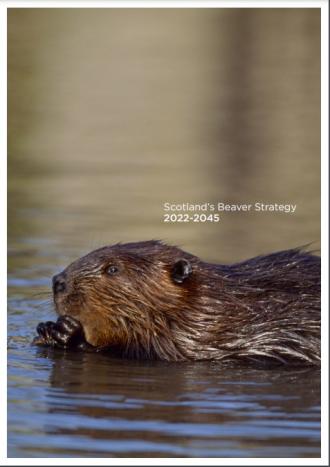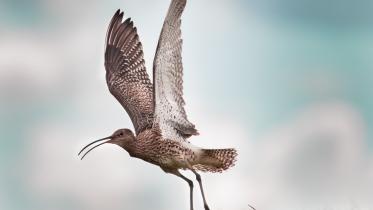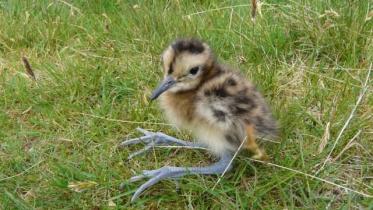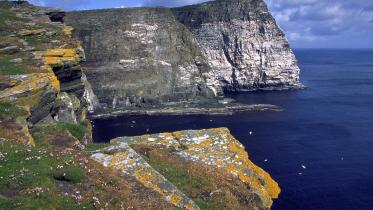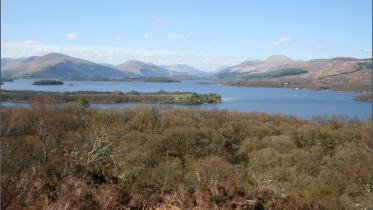Management Framework for Beavers in Scotland
The Scottish Government intends to give beavers European Protected Species status in Scotland and to allow them to naturally expand their range across the country from the existing populations in Tayside and Argyll.
Prior to this we operated under the Management Framework for Beavers in Scotland and the information from that period is found below for reference.
Are you having problems with beaver activity?
Find out more information about our Beaver Mitigation Scheme.
Background
On 1st May 2019, the Scottish Government gave beavers European Protected Species status. Beavers will bring many ecological benefits but we also recognise that in some situations they will need to be managed to minimise impacts on other interests.
Purpose of the Framework
The Management Framework sets out the suite of policy, guidance and actions that we will take forward in order to achieve these aims. The Framework has been developed in consultation with the Scottish Beaver Forum (a forum of key partners representing conservation, farming, fisheries, and other interests) and will be reviewed regularly to ensure that it is effective.
Structure
There are 4 main elements to the framework as follows. The detailed documents for the framework will be published shortly:
1. Management Guidance and Policy - Information about our approach to beavers and their management. It will include the following elements:
- Guidance for land managers: The activities that require a licence and those that don’t, where to get advice, how to apply for licences and how they will be assessed and issued.
- Lethal Control: Our approach to using lethal control under licence.
- Ecological and legal definitions: The different types of places and structures built and used by beavers, the protection afforded to them, avoiding welfare impacts during the ‘kit dependency period’ and what constitutes disturbance and how it can be avoided.
- Translocation guidance:
- Following the Scottish Government announcement in November 2021 of a shift in policy to enable conservation translocations to new release sites in Scotland from July 2022, we have produced some interim guidance on NatureScot support for and assessment of beaver translocation projects.
- Further to this, we have produced further guidance for applicants, consultees and interested parties.
- Conservation status implications: Understanding the status of beaver populations and the impact of management on them.
2. Management Actions - The provision of specialist advice in situations where it is necessary to manage beavers or their activities and how we can help implement action on the ground. It will include;
- The provision of specialist advice on beavers, their impacts and their management including the potential for a management manual.
- Practical mitigation guides provide detailed guidance on protecting trees from beavers. Other practical guides are under development.
- The development and implementation of a mitigation scheme for beavers to support land managers and trial and demonstrate how impacts can be managed.
- The establishment of Technical Groups to develop and trial new techniques to mitigate impacts of beavers in Scotland.
3. Monitoring, Survey and Research - How we will monitor beaver populations and their impacts (positive and negative) and identify the gaps in our knowledge and research needed to fill those gaps.
4. The Benefits of Beavers - How we can promote, facilitate and demonstrate the many benefits that beavers can provide. This includes building understanding of beaver impacts on biodiversity, land-management, socio-cultural elements and ecosystem services in Scotland.
5. Minutes of the Scottish Beaver Forum:
- 12 January 2022
- 17 June 2021
- 11 March 2021
- 17 December 2020
Find out more
News - Report finds more beavers moved as population continues to expand (9 June 2023)
News - New beaver strategy for Scotland (21 September 2022)
News - Beaver licensing figures published (23 May 2022)
Contact
If you already have a licence number, include it in the subject line of your email, or have it to hand when you call.
